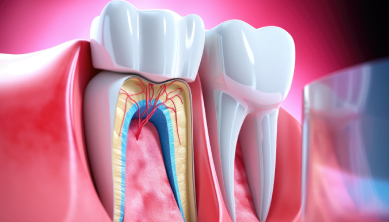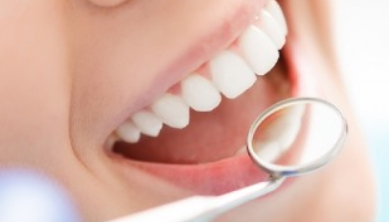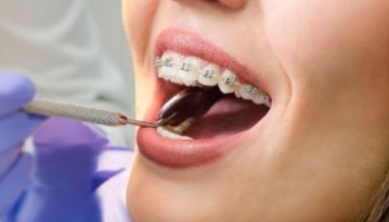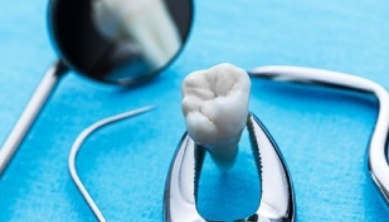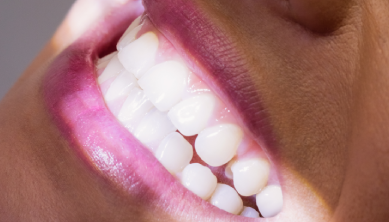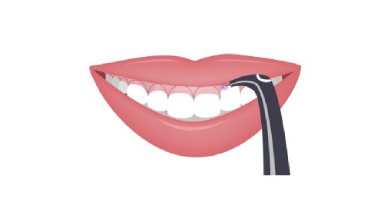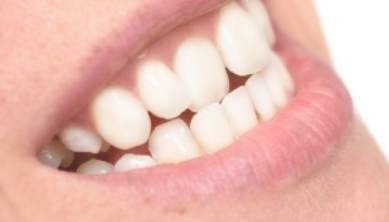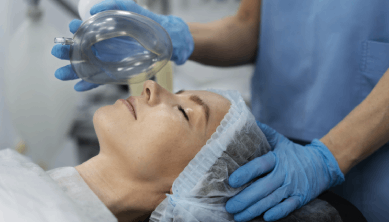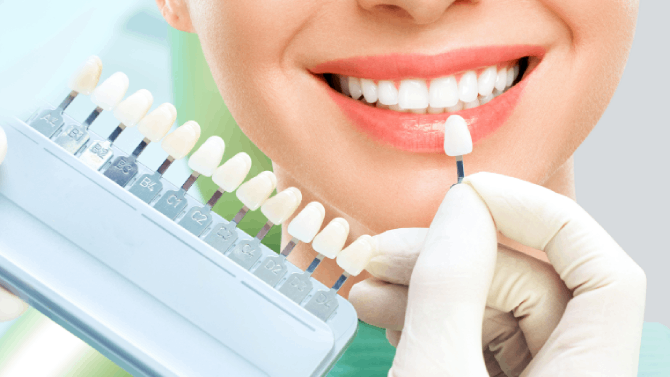
Composite Laminate
What Is Composite Laminate?
Composite laminate technique is hardening natural teeth with LED light without eroding the teeth or making only minimal abrasions and placing the composite suitable for the patient on the tooth surface in small layers to give an aesthetic appearence. When the tooth is rendered suitable for the treatment, it is finished by polishing the teeth. The purpose is to provide esthetics and phonation.
Who Are Suitable For Composite Laminate Treatment Method?
Composite laminate restoration is a viable treatment option for patients with tooth discoloration who have not had successful results in bleaching operation, patients who have diastema, advanced carries, loss of substance (fractures due to trauma etc.) and dental erosion. It can be employed in the treatment of mildly misaligned teeth if a patient does not want to receive orthodontics treatment.
What Is The Lifespan Of Composite Laminate?
It can be used for many years by ensuring good oral hygiene, not biting vigorously with teeth, and with regular dentist visits once in every 6 months.
What Are The Advantages Of Composite Laminate?
- It can be performed in one session.
- They are restorations close to natural tooth.
- It is more cost-effective than porcelain laminates.
- They create aesthetics and put on less stress on patients.
- If they break, they can be easily repaired.
Who Should Not Receive Composite Laminate Treatment?
This technique is not recommended to patients with tooth and jaw grinding, nail biting and bite problems. If a patient's tooth grinding problem can be solved with nighttime aligners or botox treatment, then treatment is viable.
What Should Patients Who Will Undergo Composite Laminate Treatment Pay Attention To?
Before the procedure, administration of composite laminate technique should be performed by expert physicians in the field of Restorative Dental treatments. The technical knowledge of the dentist and his/her ability to achieve an esthetic image is crucial in terms of the success of the treatment.
What Should Patients Pay Attention To After Composite Laminate Restoration?
- Do not eat or drink for the first 2 hours after the operation.
- Do not bite with your front teeth.
- Tea and coffee consumption should be avoided.
- Oral and dental hygiene should be maintained regularly.
- Regular dentist checkup once in every 6 months should not be neglected.





